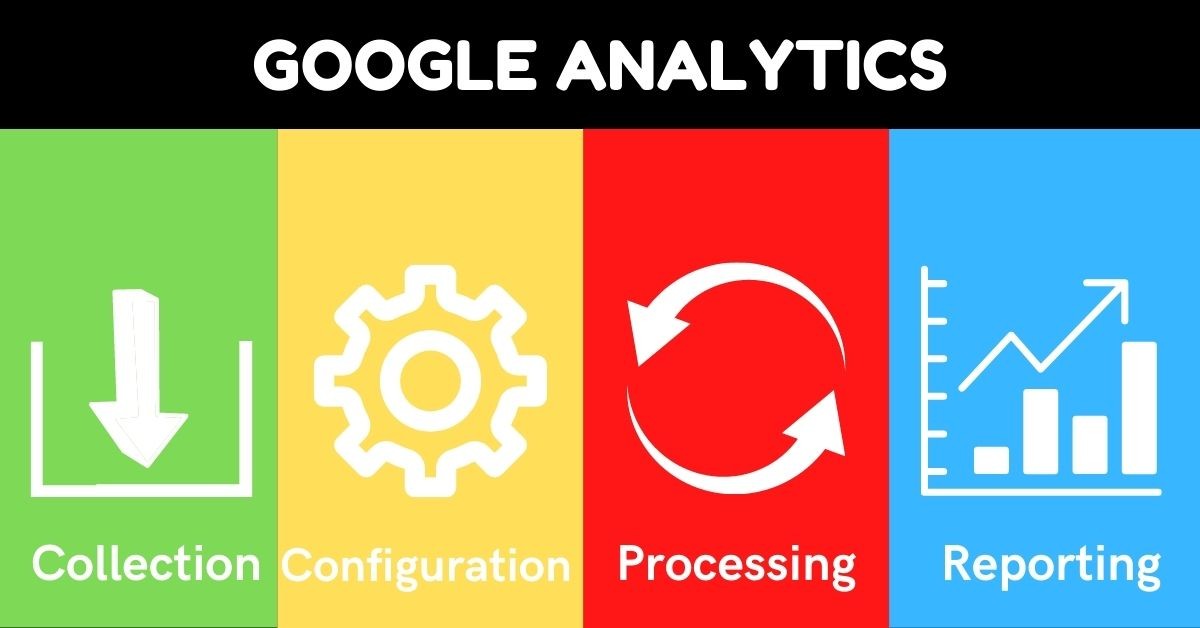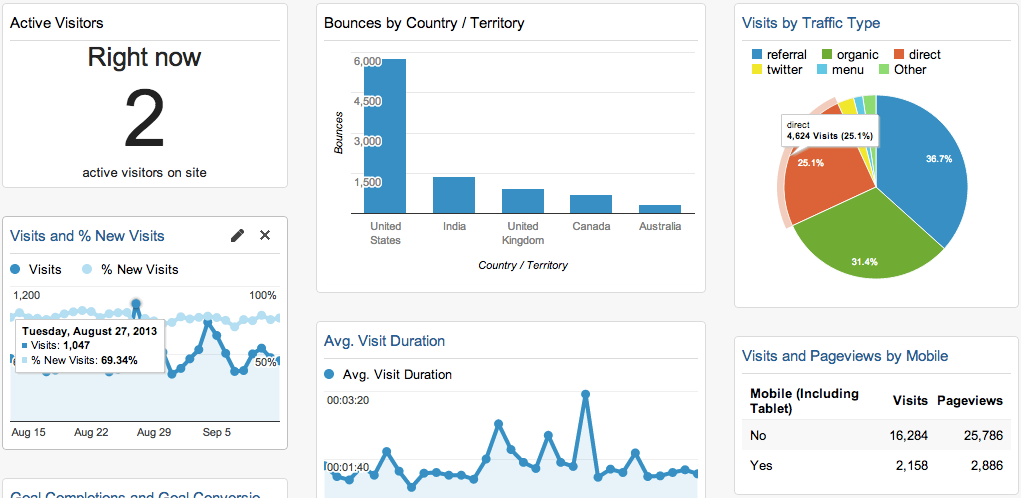Everything You Need to Learn about When Does the Google Analytics Tracking Code Send an Event Hit to Analytics
Everything You Need to Learn about When Does the Google Analytics Tracking Code Send an Event Hit to Analytics
Blog Article
Maximize Your Site Efficiency With Google Analytics Tracking Code
In the digital landscape, comprehending customer communications with your website is vital for optimization. This critical implementation not only notifies your decisions however additionally leads the way for a more engaging user experience.
Comprehending Google Analytics
Comprehending Google Analytics is crucial for website owners and marketing professionals intending to maximize their on-line visibility. This effective device provides crucial insights into user behavior, allowing stakeholders to make data-driven choices. By tracking numerous metrics, such as web page sights, bounce prices, and individual demographics, Google Analytics assists determine which facets of an internet site are carrying out well and which call for renovation.
One of the key attributes of Google Analytics is its ability to segment information. Individuals can evaluate traffic resources, individual engagement, and conversion prices throughout different sectors, such as geographic locations or tool types. This granularity enables marketing experts to customize their techniques to details target markets, thus boosting the efficiency of their projects.

Establishing Tracking Code
To harness the full possibility of Google Analytics, establishing the monitoring code properly is a fundamental action. The tracking code, a fragment of JavaScript, allows Google Analytics to collect information about customer interactions on your internet site. To begin, visit to your Google Analytics account and navigate to the Admin area. Under the Property column, pick "Tracking Information" and afterwards "Monitoring Code." Here, you will locate your distinct monitoring ID, which begins with "UA-" complied with by a series of numbers.
Next, you'll need to install this code right into the HTML of your website. Ideally, position the monitoring code prior to the closing tag on every web page you desire to keep track of. If you're making use of a content management system (CMS) like WordPress, think about making use of plugins that facilitate simple combination.
After implementing the code, it's important to confirm its functionality. Make use of the "Real-Time" reports in Google Analytics to confirm that data is being gathered as anticipated. By making certain correct setup, you create a solid foundation for effective data analysis and strategic decision-making to enhance your site's performance.
Key Metrics to Monitor
Frequently keeping an eye on vital metrics in Google Analytics is crucial for analyzing your internet site's efficiency and customer involvement. Amongst the essential metrics to track are page views, which provide insight right into just how commonly customers check out different pages on your website. In addition, one-of-a-kind site visitors assist you understand the reach of your content by showing the number of unique users are involving with your website over a provided period.
Bounce price continue reading this is one more vital metric, disclosing the portion of site visitors that leave your site after viewing just one page. A high bounce rate might indicate issues with material significance or user experience. Alternatively, session duration indicates how much time site visitors remain on your site, assisting you evaluate web content efficiency and user passion.
Conversion rates are essential for determining the success of your website in accomplishing particular objectives, such as form entries or item purchases (when does the google analytics tracking code send an event hit to analytics?). Monitoring web traffic sources is likewise key, as it assists identify which networks drive one of the most traffic and conversions, enabling for even more targeted advertising approaches
Analyzing Site Visitor Behavior

Furthermore, tracking customer paths through the website helps disclose common navigating patterns. This info is essential in establishing whether users can conveniently discover the web content they seek or if they encounter challenges that lead to frustration. Recognizing high exit pages can highlight locations that may require redesign or even more appealing web content to keep site visitors.
Additionally, segmenting customers based on demographics, rate of interests, and actions offers a site much deeper understanding of the target audience. This segmentation makes it possible for businesses to customize web link content and marketing methods better, increasing the possibility of conversions. Inevitably, analyzing visitor habits not just informs site improvements yet also fosters a much more user-centric strategy, leading to improved fulfillment and commitment with time.
Executing Data-Driven Modifications
Carrying out data-driven adjustments is essential for enhancing site performance and accomplishing service objectives. By leveraging understandings collected from Google Analytics, organizations can recognize locations for enhancement and make notified choices to enhance customer experience.
First, assess vital efficiency indications (KPIs) such as bounce prices, session period, and conversion prices to identify certain problems impacting individual interaction - when does the google analytics tracking code send an event hit to analytics?. For instance, a high bounce rate on a landing web page might show that the material is not resonating with visitors or that the page takes also lengthy to tons

Verdict
In conclusion, the implementation of Google Analytics tracking code is important for enhancing site performance. By accurately keeping track of user behavior and key metrics, valuable understandings can be obtained, promoting data-driven decision-making.
By tracking numerous metrics, such as web page views, bounce rates, and user demographics, Google Analytics aids recognize which elements of a web site are carrying out well and which require improvement.
Customers can assess web traffic sources, user involvement, and conversion prices across different sectors, such as geographical locations or tool kinds. The tracking code, a snippet of JavaScript, makes it possible for Google Analytics to gather data concerning individual interactions on your website.Regularly checking essential metrics in Google Analytics is important for assessing your internet site's performance and user interaction. By leveraging Google Analytics, website proprietors can acquire useful insights right into exactly how customers engage with their site.
Report this page